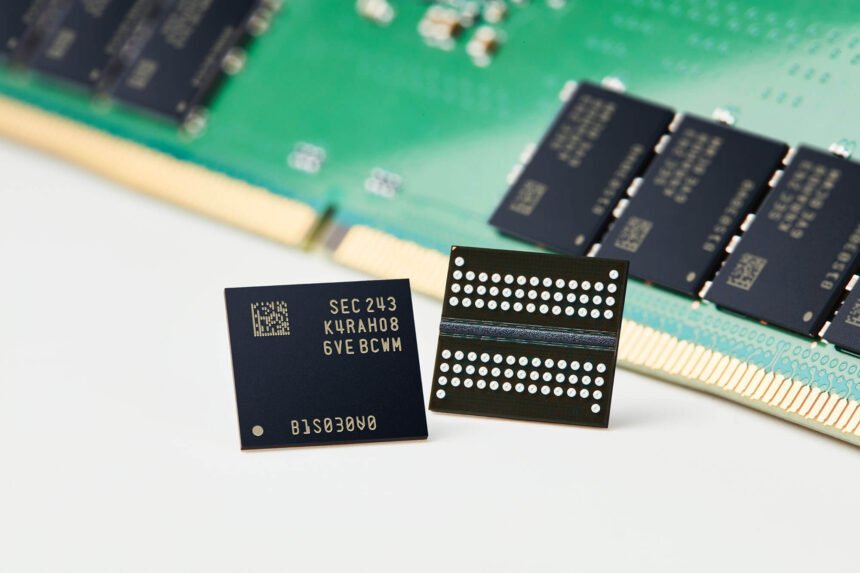The automotive industry is experiencing a significant shift in memory chip technology, driven by the increasing complexity of foundation models, performance requirements, and cost considerations. According to a report by Research on automotive memory chips, the global market is expected to grow substantially, reaching over USD17 billion by 2030, with a projected CAGR of 22%.
One of the key drivers for the development of automotive memory chips is the rapid advancement of automotive large language models (LLMs). These models have seen a significant increase in the number of parameters, ranging from 7 billion to 200 billion, posing challenges in terms of computing demands. As a result, memory has become a bottleneck in performance, especially for memory-intensive models like GPT.
Companies like XPeng are pushing the boundaries with ultra-large autonomous driving models, such as the XPeng World Foundation Model with 72 billion parameters. To address the growing parameter scale, XPeng has developed the Turing AI chip, which boasts higher utilization compared to traditional automotive chips and can handle models with up to 30 billion parameters.
The choice of memory technology plays a crucial role in overcoming performance bottlenecks. LPDDR5X is widely adopted but falls short in meeting the demands of large models. Companies are exploring alternatives like GDDR6 and HBM2E for higher bandwidth and efficiency. Additionally, advancements in memory technology like LPW DRAM offer improved performance and reduced power consumption.
In terms of storage solutions, UFS 4.0 and PCIe SSD are becoming preferred choices for high-level autonomous vehicles. These technologies offer higher speeds, lower latency, and improved AI computing capabilities. Companies like Samsung and Micron are already offering automotive-grade SSD solutions to meet the evolving needs of the automotive industry.
In conclusion, the automotive memory chip landscape is evolving rapidly to meet the demands of increasingly complex foundation models and performance requirements. Companies are exploring advanced memory and storage technologies to overcome bottlenecks and drive innovation in the autonomous driving sector. With continuous advancements in memory technology, the future of automotive memory chips looks promising for the development of next-generation autonomous vehicles.







